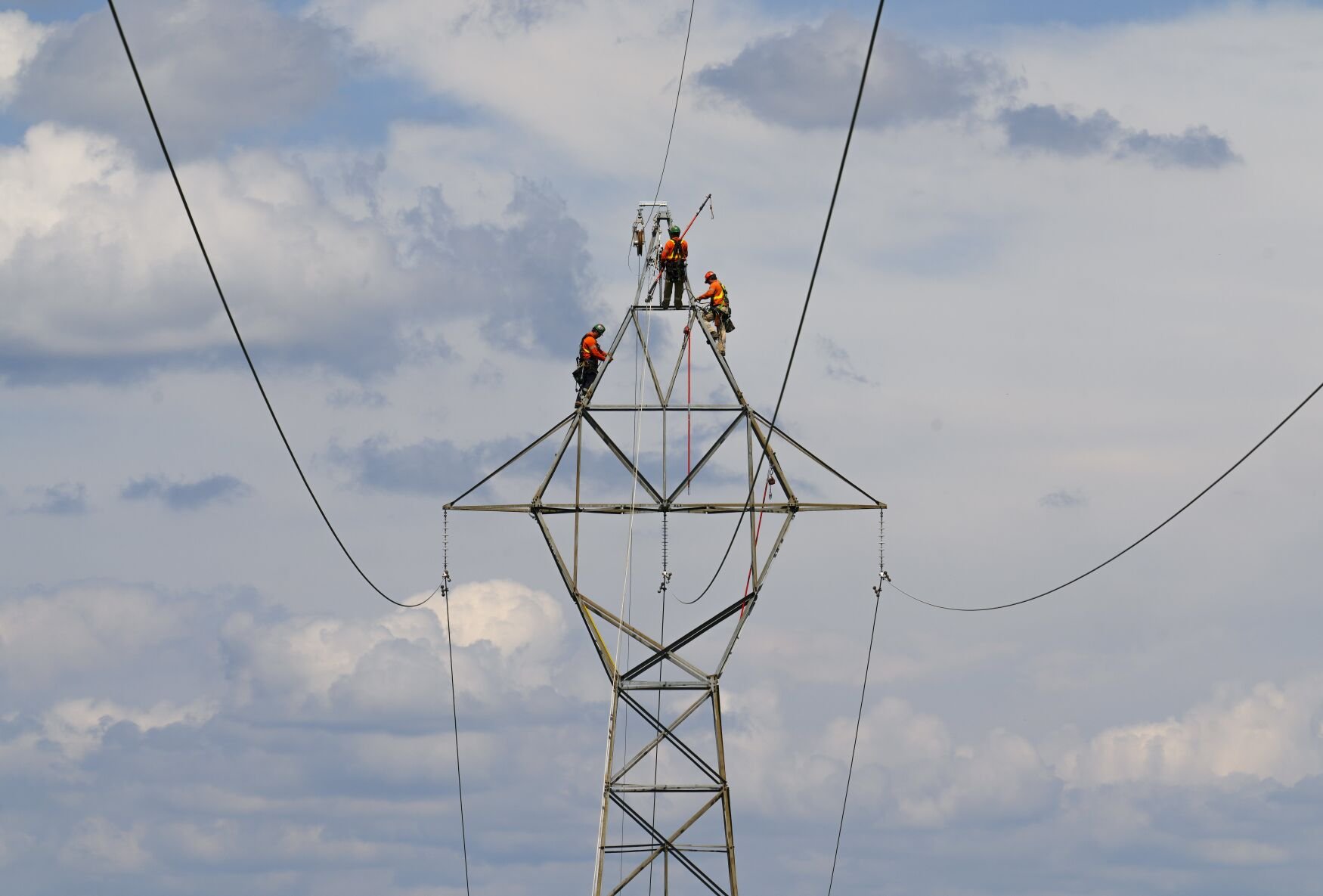Canada used to be in the business of nation-building.
The Rideau Canal, Canadian Pacific Railway, Wartime Housing Limited and Trans-Canada Highway were nation-building infrastructure projects. Employment Insurance, the Canada Pension Plan and universal health care were nation-building social programs. And while we cannot ignore the colonialism and discrimination inherent to many of these projects, they are also important examples of government-led initiatives driven by concerns around sovereignty, resilience and the public interest.
Since the ascendance of neoliberal orthodoxy in the 1980s, however, we have forgotten how to build a nation. For decades, we have ceded economic and social leadership to the private sector. The role of government has been relegated to that of an enabler of private wealth generation — an institution whose primary responsibilities are deregulation, privatization, lowering tax rates and signing new free trade agreements.
Prioritizing the profitability of the private sector over a people-centred national vision has had clear consequences. Income and wealth inequality has reached extraordinary levels. Working families have been crushed by stagnating wages and underfunded public services.
The true vulnerability that this approach created, however, has only been laid bare by Donald Trump’s slash-and-burn presidency. The Canadian economy is more deeply intertwined with American markets and corporate investment than ever before. At a moment when Canada’s very sovereignty may depend on a pivot away from the U.S., we lack the capacity to do so.
It is not too late for nation-building, but we must rediscover our political imagination. Canada must remember what it means to put sovereignty and the public interest above the short-term concerns of the corporate sector. We must remember what it means to build the physical and social infrastructure that brings material benefits to workers, households and communities across Canada.
Fortunately, there is no shortage of good ideas that fit the bill. Here are a few that should be on the table.
First, Canada needs a publicly owned east-west electricity grid. Clean power is perhaps Canada’s greatest strategic asset of the 21st century. Connecting provincial and regional grids reduces our dependence on the U.S. fossil fuel trade and lowers energy costs for consumers and businesses. Unlike an oil pipeline, a clean grid also creates new economic opportunities for the communities that it passes through.
Second, Canada needs a massive, publicly led build-out of affordable homes — something the federal government used to do until the 1990s. Constructing new non-market housing using energy efficient designs can drive down the cost of living in our cities, create jobs across the country and promote more sustainable communities.
Third, Canada needs a revitalized clean manufacturing industry. The economy is rapidly electrifying, but many of the materials and technologies that electrification requires are not being produced domestically. We cannot compete in every sector, but there are many products, from steel and aluminum to electric buses and trains, that can and should be made in Canada. Competing with the artificially low cost of production in places like China or the southern U.S. will require major public investments throughout strategic supply chains.
Fourth, Canada needs a true public bank that can prioritize the public good. Canada’s private banks and public pension funds are failing to support ambitious projects in the public interest. They are also facilitators of U.S. foreign investment and backers of unsustainable sectors, such as the fossil fuel industry. A national public bank could accelerate community-led, sustainable and publicly owned projects across the country.
These ideas are only a start. More will be needed to rescue the Canadian economy from U.S. dependence and political interference. What all these ideas have in common, however, is a commitment to true nation-building. And while they would not directly prop up the corporate sector, they would create the economic stability that businesses crave.
These are public projects in the public interest, and they are the key to Canada’s independence and prosperity in the century to come.



















To join the conversation set a first and last name in your user profile.
Sign in or register for free to join the Conversation